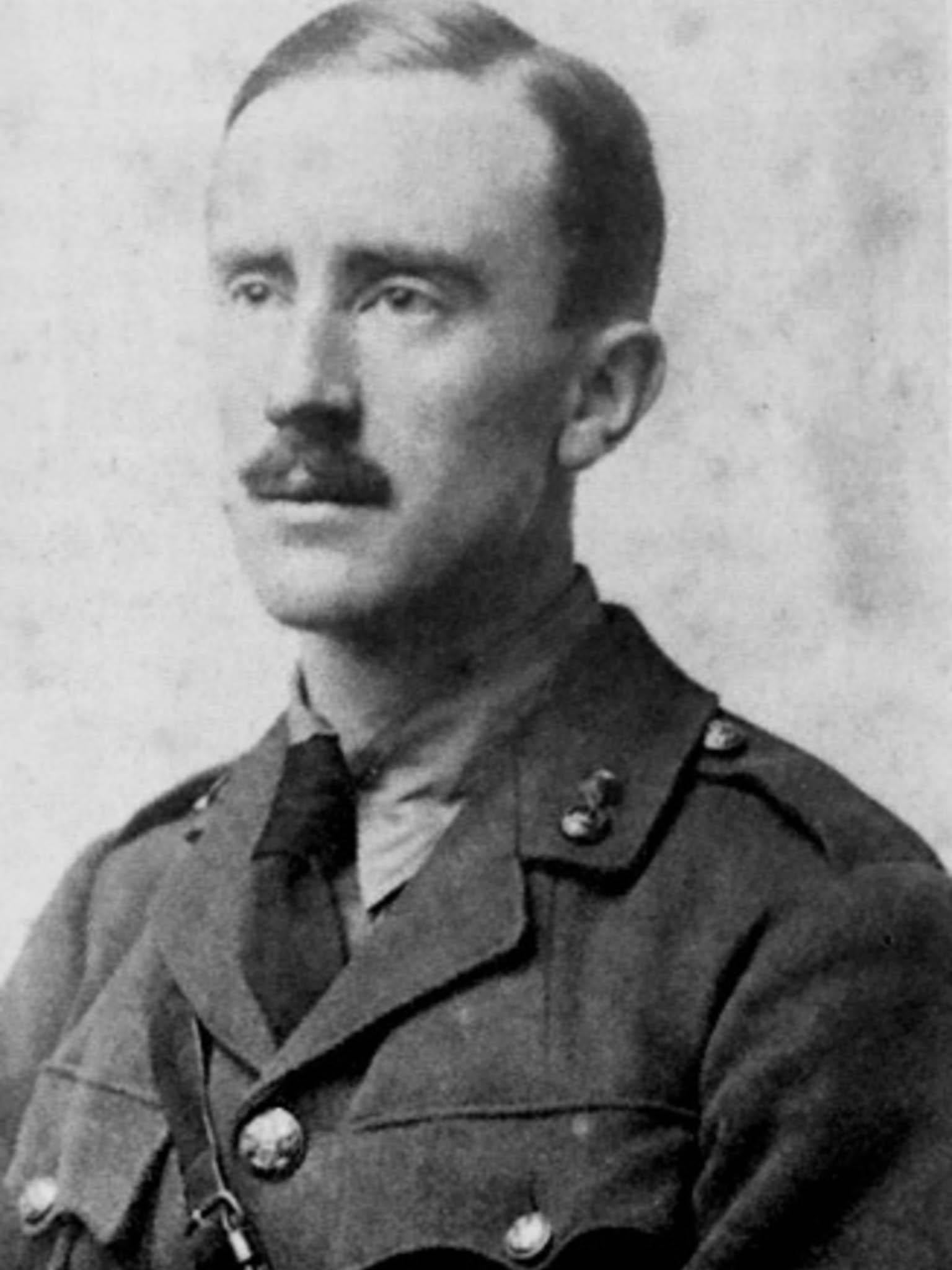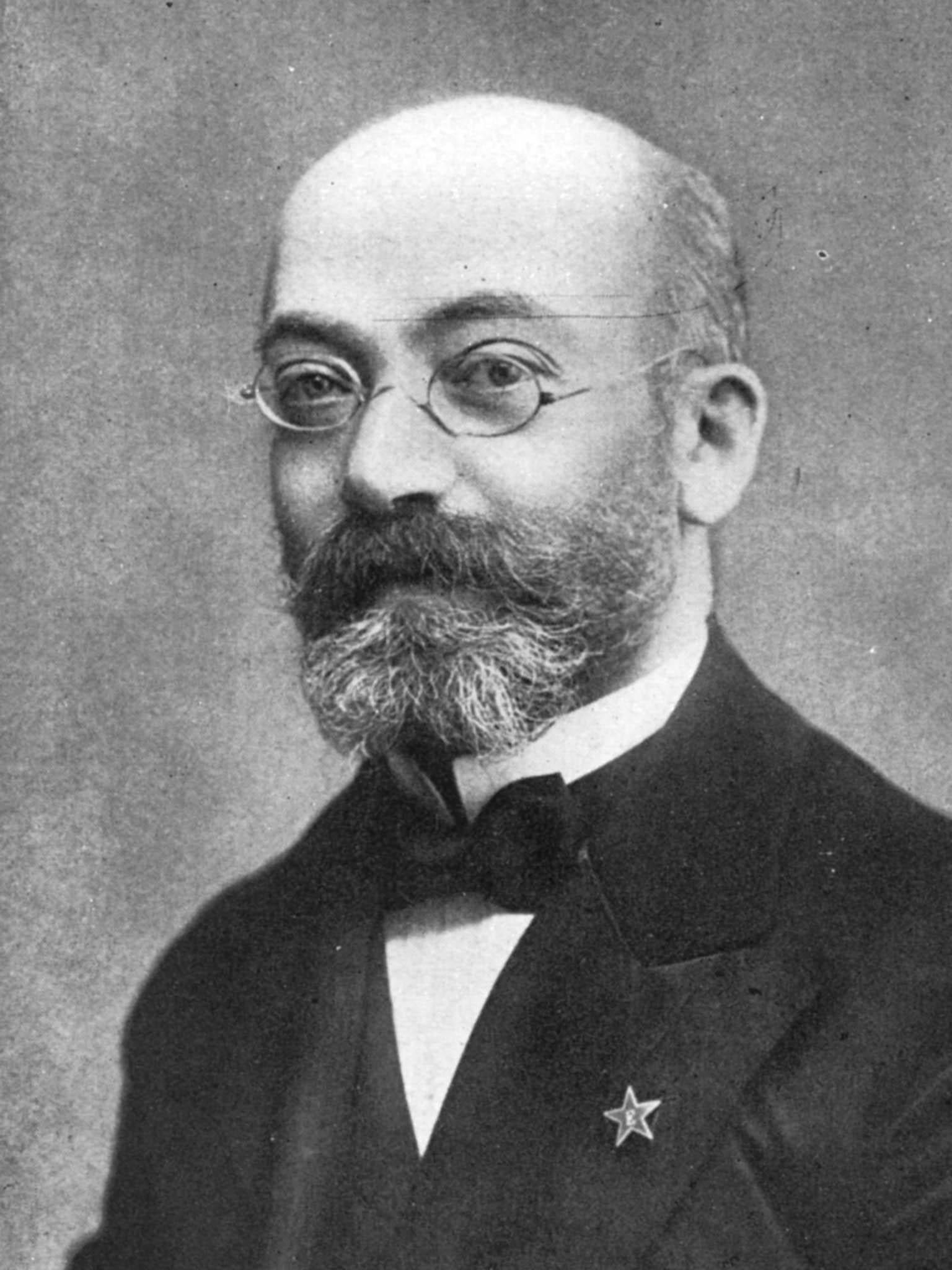Why Tolkien’s fantastic imaginary languages have had more impact than Esperanto
Tolkien and Zamenhof are two of imaginary languages’ most successful proponents – yet their aims were very different

Your support helps us to tell the story
From reproductive rights to climate change to Big Tech, The Independent is on the ground when the story is developing. Whether it's investigating the financials of Elon Musk's pro-Trump PAC or producing our latest documentary, 'The A Word', which shines a light on the American women fighting for reproductive rights, we know how important it is to parse out the facts from the messaging.
At such a critical moment in US history, we need reporters on the ground. Your donation allows us to keep sending journalists to speak to both sides of the story.
The Independent is trusted by Americans across the entire political spectrum. And unlike many other quality news outlets, we choose not to lock Americans out of our reporting and analysis with paywalls. We believe quality journalism should be available to everyone, paid for by those who can afford it.
Your support makes all the difference.JRR Tolkien began writing The Fall of Gondolin while on medical leave from the First World War, 100 years ago this month. It is the first story in what would become his legendarium – the mythology that underpins The Lord of the Rings. But behind the fiction was his interest in another epic act of creation: the construction of imaginary languages.
That same year, on the other side of Europe, Ludwik Zamenhof died in his native Poland. Zamenhof had also been obsessed with language invention, and in 1887 brought out a book introducing his own creation. He published this under the pseudonym Doktoro Esperanto, which in time became the name of the language itself.
The construction of imaginary languages, or conlangs, has a long history, dating back to the 12th century. And Tolkien and Zamenhof are two of its most successful proponents. Yet their aims were very different, and in fact point to opposing views of what language itself actually is.
Zamenhof, a Polish Jew growing up in a country where cultural and ethnic animosity was rife, believed that the existence of a universal language was the key to peaceful co-existence. Although language is the “prime motor of civilisation” he wrote, “difference of speech is a cause of antipathy, nay even of hatred, between people”. His plan was to devise something which was simple to learn, not tied to any one nation or culture, and could thus help unite rather than divide humanity.
As “international auxiliary languages” go, Esperanto has been very successful. At its peak, its speakers numbered in the millions, and although exact estimates are very difficult to make, even today up to a million people still use it. It has an expansive body of native literature, there’s a museum in China dedicated exclusively to it, while in Japan Zamenhof himself is even honoured as a god by one particular Shinto sect who use the language. Yet it never really came close to achieving his dreams of world harmony. And at his death, with World War I tearing Europe apart, the optimism he’d had for it had turned mostly to disillusion.
Fantasy languages
JRR Tolkien was himself a supporter of Esperanto, believing it could help unite Europe after World War I. But his personal interest in language invention was very different. His aim wasn’t to enhance the world we live in, but instead to create a completely new one in fiction. He referred to it as his “secret vice”, and explained that for him the purpose was aesthetic rather than pragmatic. It was the creative delight in matching sound, form and meaning in entirely original ways.

As part of the process of giving substance to the languages he was inventing, he needed to provide a mythology for them. As living, evolving entities, languages take their vitality from the cultures of the people who use them. And it was this that led to the creation of his fictional universe. “The invention of languages is the foundation,” he wrote. “The ‘stories’ were made rather to provide a world for the languages than the reverse.”
And how about conlangs today? A hundred years after the death of Zamenhof, in many ways the art of language construction is as popular as ever. One of the most celebrated current examples is Dothraki, from Game of Thrones.
Created by David J Peterson for Game of Thrones, the televised version of George RR Martin’s novel series A Song of Ice and Fire, the inspiration for this can be traced back to both Zamenhof and Tolkien.

It was while taking a course on Esperanto at university that Peterson first became interested in conlangs, while Martin has spoken of the way that his saga is, in many ways, a response to The Lord of the Rings. And as a tribute he includes various small linguistic references to Tolkien’s world: warg, for example, meaning someone who can project his consciousness into the minds of animals, is a word Tolkien uses for a large species of wolf.
So overall one would have to say that it’s the Tolkienian tradition of fantasy world-building that has prevailed. There are perhaps two reasons for this.
The first is linguistic. Paradoxically, Tolkien’s concept is closer to how languages actually work in the real world. His Elvish languages as they are depicted throughout his work are living, changing things, which evolve to reflect the culture of the communities who speak them. The idea of an international auxiliary language, on the other hand, is to provide a stable, unchanging code, which can be easily learnt by anyone. But human languages are never static; they’re always dynamic. So Esperanto has a fundamental flaw built into its very conception.
And the second reason? Well, maybe these days we’re happier to dedicate ourselves to the creation of fantasy worlds, rather than looking for ways to repair our own.
Philip Seargeant, senior lecturer in applied linguistics, The Open University. This article first appeared on The Conversation (theconversation.com)
Join our commenting forum
Join thought-provoking conversations, follow other Independent readers and see their replies
Comments